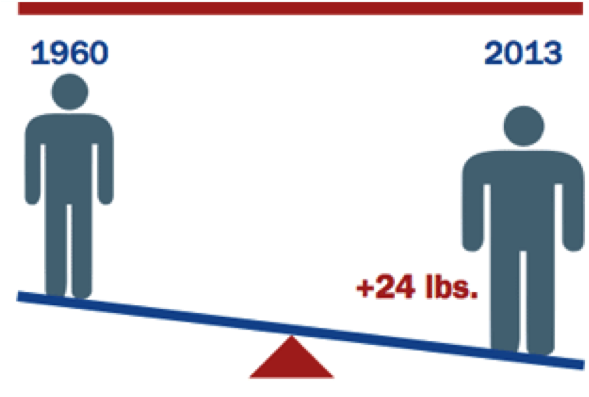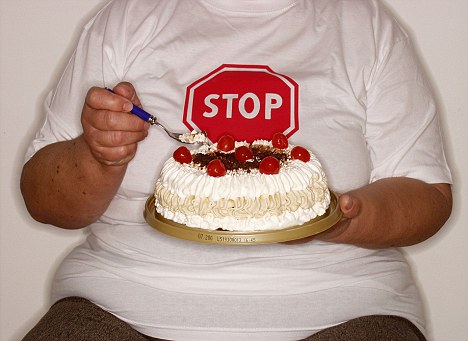Study: Kids are Tossing Mandated Fruits and Veggies in Trash
A controversial federal lunch program — mandating healthier school lunches — is up for reauthorization in the coming weeks. The Healthy, Hunger-Free Kids Act of 2010 set minimum nutritional standards for school lunches — the first major change in 30 years. The Act mandated smaller portion sizes and required the addition of fruits and vegetables.
So what are school kids doing with all those healthy fruits and vegetables they’re required to accept? A new study looked at fruit and vegetable consumption before and after the Act using a video camera footage. Kids are tossing their healthy snacks straight into the trash – otherwise known as File 13 in my grade school! According to research in that was published in Public Health Reports, school kids are consuming fewer fruits and vegetables than before; boosting food waste by more than one-third.






